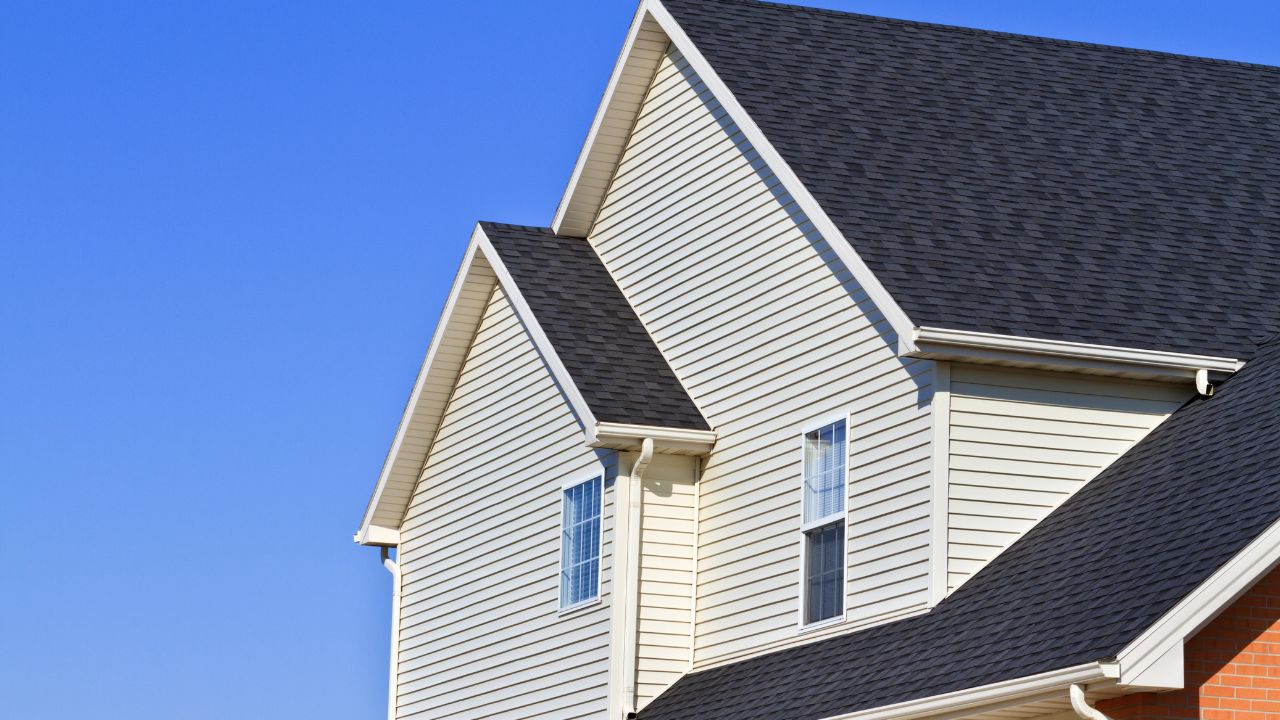Key Takeaways:
- Selecting the optimal siding material begins with assessing your home's specific needs, considering factors like local climate (e.g., heavy rainfall, extreme temperatures), desired maintenance level (e.g., low-maintenance vinyl vs. high-maintenance wood), and aesthetic preferences to complement your home's architectural style.
- Various popular siding materials offer distinct pros and cons: vinyl siding is low-maintenance and moisture-resistant but can fade; wood siding provides natural beauty and insulation but requires high maintenance and is susceptible to pests; fiber cement siding is highly durable against fire, rot, and pests with low maintenance but is more expensive; and metal siding is long-lasting and pest-resistant but has limited aesthetic options.
- The durability and maintenance requirements of siding are crucial considerations; for example, vinyl and metal offer minimal upkeep, while wood demands regular staining and sealing, and fiber cement provides exceptional long-term durability with low maintenance.
- Professional siding installation services are paramount, regardless of material quality, as proper installation ensures long-term durability, effective sealing against moisture and air infiltration (improving energy efficiency), and prevents costly future repairs resulting from improper application.
- Beyond material choice and installation, ongoing protection and aesthetics are important; materials like James Hardie siding offer excellent weather resistance, and engineered wood provides improved water and weather resistance over natural wood, while selecting a color palette should complement your home's style, environment, and resistance to fading for long-lasting aesthetic appeal.
When it comes to enhancing your home's curb appeal, siding installation services are one of the most impactful upgrades you can make. The right siding not only boosts the overall look of your house but also improves its energy efficiency, durability, and protection from the elements.
Choosing the best siding material for your home, however, can be overwhelming with so many options available. Fortunately, professional siding contractors are here to guide you through the process, ensuring a smooth, stress-free experience.
In this comprehensive guide, we'll walk you through how to choose the right siding for your home, from material options to installation considerations, and why local siding installation services are often the best choice for homeowners.
Know What Your Home’s Needs
The first step in choosing the right siding for your home is assessing your needs. Consider these factors before making your decision:
- Climate: Your local weather conditions play a significant role in determining the best siding material. For instance, if you live in an area prone to heavy rainfall or extreme temperatures, you’ll want to choose siding that can handle these conditions without deteriorating quickly.
- Maintenance: Some siding materials, like wood, require more maintenance, while others, like vinyl or fiber cement, are more low-maintenance.
- Aesthetic Preferences: Every home has a unique style, so you should choose siding that complements the architecture. Whether you're aiming for a rustic, modern, or traditional look, there's a siding material to suit every preference.
How do you know which material will best meet your needs? That’s where professional siding contractors come in—they can help you make an informed decision based on your unique requirements.
Explore the Top Siding Materials
Here’s a breakdown of some of the most popular siding materials and their unique benefits:
Vinyl Siding:
Pros:
- Low-maintenance
- Available in a variety of colors and styles
- Resistant to moisture and pests
- Energy-efficient options available
Cons:
- Can crack or fade over time
- Limited color options compared to other materials
Wood Siding:
Pros:
- Natural, beautiful look
- Highly customizable
- Great insulation properties
Cons:
- Requires regular maintenance
- Susceptible to pests and moisture damage
Fiber Cement Siding:
Pros:
- Extremely durable and resistant to fire, rot, and pests
- Available in various textures and finishes
- Low-maintenance
Cons:
- More expensive upfront
- It can be heavy to handle during installation
Metal Siding:
Pros:
- Long-lasting and low-maintenance
- Excellent for modern or industrial-style homes
- Resistant to fire and pests
Cons:
- Limited color and texture options
- Can be prone to denting in certain areas
Each material has its strengths and weaknesses, which is why local siding installation services can be invaluable in helping you choose the right material for your home's needs. Their expertise ensures you pick the best option based on your climate, style, and budget.
Consider the Durability and Maintenance Requirements
The durability and maintenance needs of your siding should also be taken into account when making your decision. For example:
- Vinyl Siding is one of the most durable options, requiring minimal maintenance. It is resistant to weather damage, but over time, it can become brittle or fade, especially in areas with extreme sun exposure.
- Wood Siding, while beautiful, requires more maintenance to ensure it stays looking its best. Regular staining, sealing, and protection from the elements are necessary.
- Fiber Cement is an excellent choice for long-lasting durability. It is low-maintenance and offers a sleek finish, with a life expectancy of 30 years or more.
- Metal Siding is also highly durable, resisting weather damage and requiring very little upkeep.
When choosing a material, think about how much time and effort you're willing to invest in maintaining your siding over the years. Professional siding contractors can help you weigh the pros and cons of each option based on your lifestyle and maintenance preferences.
The Importance of Professional Installation
One of the most crucial aspects of any siding project is professional siding installation services. Even the highest-quality materials can fail if they’re not installed correctly. Here’s why professional installation matters:
- Precision and Expertise: Professional siding contractors have the tools and skills necessary to install siding correctly, ensuring long-term durability.
- Proper Sealing and Insulation: Correct installation ensures that your siding is properly sealed to prevent moisture and air infiltration. This helps maintain your home’s energy efficiency.
- Avoiding Future Costs: Professional installation can help prevent costly repairs down the road due to improper installation or materials.
Get Started Today!
Ready to transform your home with top-tier siding installation? Contact Alexandria Home Solutions today to schedule your consultation with our expert team. Our professional siding contractors are here to provide you with high-quality, local siding installation services that will make your home stand out. Don’t wait, elevate your curb appeal and protect your investment now! Contact us to learn more about our siding installation services or schedule a free estimate today!
Frequently Asked Questions
Q1. What are the benefits of James Hardie siding?
A. James Hardie siding offers excellent weather resistance and protection against severe weather, such as high winds and heavy rain. It provides a strong moisture barrier and requires minimal maintenance. With a wide range of color choices, it enhances your home's aesthetic appeal while offering durability and long-lasting weather protection.
Q2. How does engineered wood siding compare to natural wood?
A. Engineered wood siding offers better water resistance, weather resistance, and is less prone to damage from severe weather compared to natural wood. It also meets building codes and provides the same aesthetic appeal with improved durability and a lower maintenance need than types of wood siding.
Q3. How does stone veneer siding add value to my home?
A. Stone veneer siding boosts your home's aesthetic appeal with a high-end, natural look. It provides excellent weather protection, weather resistance, and is more cost-effective and easier to maintain than full stone, while also improving your moisture barrier.
Q4. How do I choose the right color palette for my home’s exterior siding?
A. Choose a color palette that complements your home’s style and environment. Lighter colors reflect heat, while darker tones create a bold look. Ensure your choice offers weather protection and is resistant to fading, ensuring long-lasting aesthetic appeal and weather resistance.

